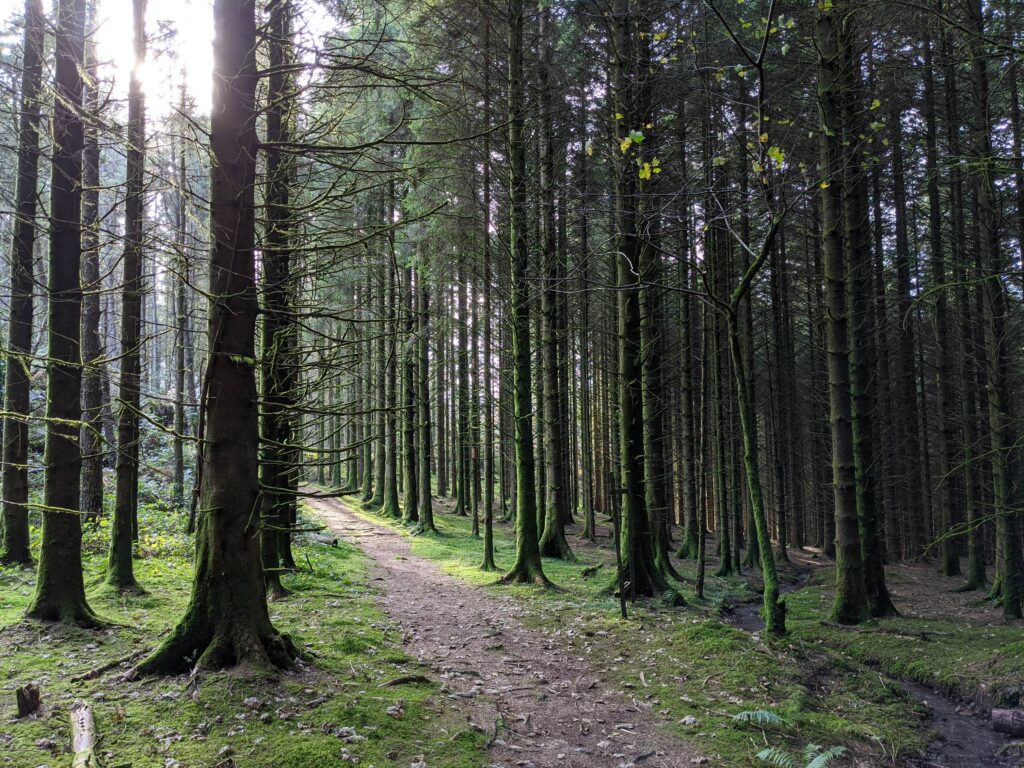
Ahead of the highly anticipated COP26 conference on climate change, scheduled for November, another lesser-discussed UN climate summit is right around the corner. COP15, twice rescheduled due to the coronavirus pandemic, will take place virtually in October, followed by in-person negotiations next April-May in Kunming, China. This conference marks the 15th meeting of the Conference of the Parties (COP) to review the Convention on Biological Diversity (CBD) strategy, where around 195 countries will set out plans for a global biodiversity agreement, “addressing the challenge of halting ongoing losses of species and genetic diversity and the damage to our ecosystems, [this] will determine the well-being of humanity for generations to come.” -CBD Executive Secretary, Elizabeth Maruma Mrema.
The UN draft plans for the summit call for “urgent political action”, stating that biodiversity loss must be halted by 2030 in order to see net-positive impact following. Crucially, discussions are expected to produce clear targets for boosting nature protection, reversing the increasing losses of the planet’s plants, animals and ecosystems, and for national policies to reflect these goals[1]https://www.globalcitizen.org/en/content/what-is-cop15-biodiversity-summit-nature-cop26/.
But what is biodiversity and why is it so important? In its simplest form, biodiversity describes “all life on earth, in all its variety.”[2]https://www.woodlandtrust.org.uk/trees-woods-and-wildlife/british-trees/why-trees-are-important-for-biodiversity/ In any piece of land or ecosystem, there are many different organisms coexisting with one another, either directly or indirectly dependent on each other for survival. The greater the range and number of these organisms, the more biodiverse an area is, and the healthier that ecosystem is considered to be[3]https://www.woodlandtrust.org.uk/trees-woods-and-wildlife/british-trees/why-trees-are-important-for-biodiversity/. Biodiversity is essential to the proper functioning of our planet. We depend on healthy ecosystems for clean air, successful agriculture and protection from diseases and disasters, such as flooding[4]https://www.woodlandtrust.org.uk/trees-woods-and-wildlife/british-trees/why-trees-are-important-for-biodiversity/.
Woodland and tree cover provide particularly biodiversity rich hotspots. In England, native woods support a fifth of the UK’s priority species for conservation[5]https://www.woodlandtrust.org.uk/trees-woods-and-wildlife/british-trees/why-trees-are-important-for-biodiversity/. Furthermore, the protection and expansion of natural areas will be one of the most effective ways to slow climate change[6] https://www.globalcitizen.org/en/content/what-is-cop15-biodiversity-summit-nature-cop26/, with plants and trees naturally absorbing planet-heating carbon dioxide. Our friends over at Woodland Trust state, “planting trees for climate change is vital, but how we plant those trees can reestablish the biodiversity of UK landscapes.”[7]https://www.woodlandtrust.org.uk/trees-woods-and-wildlife/british-trees/why-trees-are-important-for-biodiversity/ According to the Woodland Trust, planting trees across the UK landscape can help natural regeneration outside of woods, providing corridors to help wildlife spread.
So, what can we expect to come out of COP15? Following the failure for nations to hit global targets for reducing biodiversity loss set back in 2002 and 2010[8]https://www.globalcitizen.org/en/content/what-is-cop15-biodiversity-summit-nature-cop26, COP15 requires both long and short term targets to be set, with short-term targets aiming to be met by 2030. Draft plans for the summit include a pledge to protect at least 30% of land and oceans by 2030. The plan also targets extinction rates[9]http://sdg.iisd.org/events/2020-un-biodiversity-conference/, with goals to half the risk of species extinctions by 2030.To ensure targets are hit, discussions have surrounded commitments of finance for developing countries, and clear measures of comparison between nations[10]https://www.globalcitizen.org/en/content/what-is-cop15-biodiversity-summit-nature-cop26/. UN chief, Antonio Guterres has said in reference to the summit, that further destruction of biodiversity could increase risks of new pandemics emerging, as well as limiting access to medicines and food supplies. Stating “Biodiversity is collapsing, and we are the losers.”[11] jQuery('#footnote_plugin_tooltip_659_2_11').tooltip({ tip: '#footnote_plugin_tooltip_text_659_2_11', tipClass: 'footnote_tooltip', effect: 'fade', predelay: 0, fadeInSpeed: 200, delay: 400, fadeOutSpeed: 200, position: 'top center', relative: true, offset: [-7, 0], });">https://www.globalcitizen.org/en/content/what-is-cop15-biodiversity-summit-nature-cop26/))
We may have to wait until the completion of the summit for official reports on the CBD strategy to halt biodiversity loss, but what is clear is that targets mean nothing without the delivery of action following COP15. Policy must be “action-oriented”[12]https://www.edie.net/news/9/COP15–In-person-negotiations-on-global-biodiversity-treaty-pushed-back-to-2022/, with the pact’s goals met with corresponding action in replanting and rewilding natural areas. In the UK, this means planting trees and diversifying forest areas to create spaces for plants and wildlife to grow. Analysis has revealed that the UK currently has some of the lowest amounts of biodiversity remaining[13]https://www.nhm.ac.uk/discover/news/2019/october/the-state-of-nature-41-percent-of-the-uks-species-have-declined.html, with 41% of all UK species studied having declined since the 1970’s. Conservation scientists claim that the problem lies in the fact that natural habitats are becoming increasingly fragmented and pressured[14]https://www.nhm.ac.uk/discover/news/2019/october/the-state-of-nature-41-percent-of-the-uks-species-have-declined.html.
Project Vana comes in. By aggregating existing land ownership data Vana has identified fragments of land across the UK, ideal for tree planting and rewilding, hidden within corporate landholdings[15]https://pressreleases.responsesource.com/newsroom/ProjectVana/release/101358/there-is-not-enough-available-land-to-hit-uk-tree-planting/. By identifying these ‘hope spots’, providing a space for corporates and climate-conscious groups to connect to build woodland, Vana’s open data platform provides the UK with the much needed resource for rebuilding biodiversity. Corporates committed to proactive climate action are invited to take their first step by registering their interest with the Vana platform (https://blog.projectvana.org/).
References
